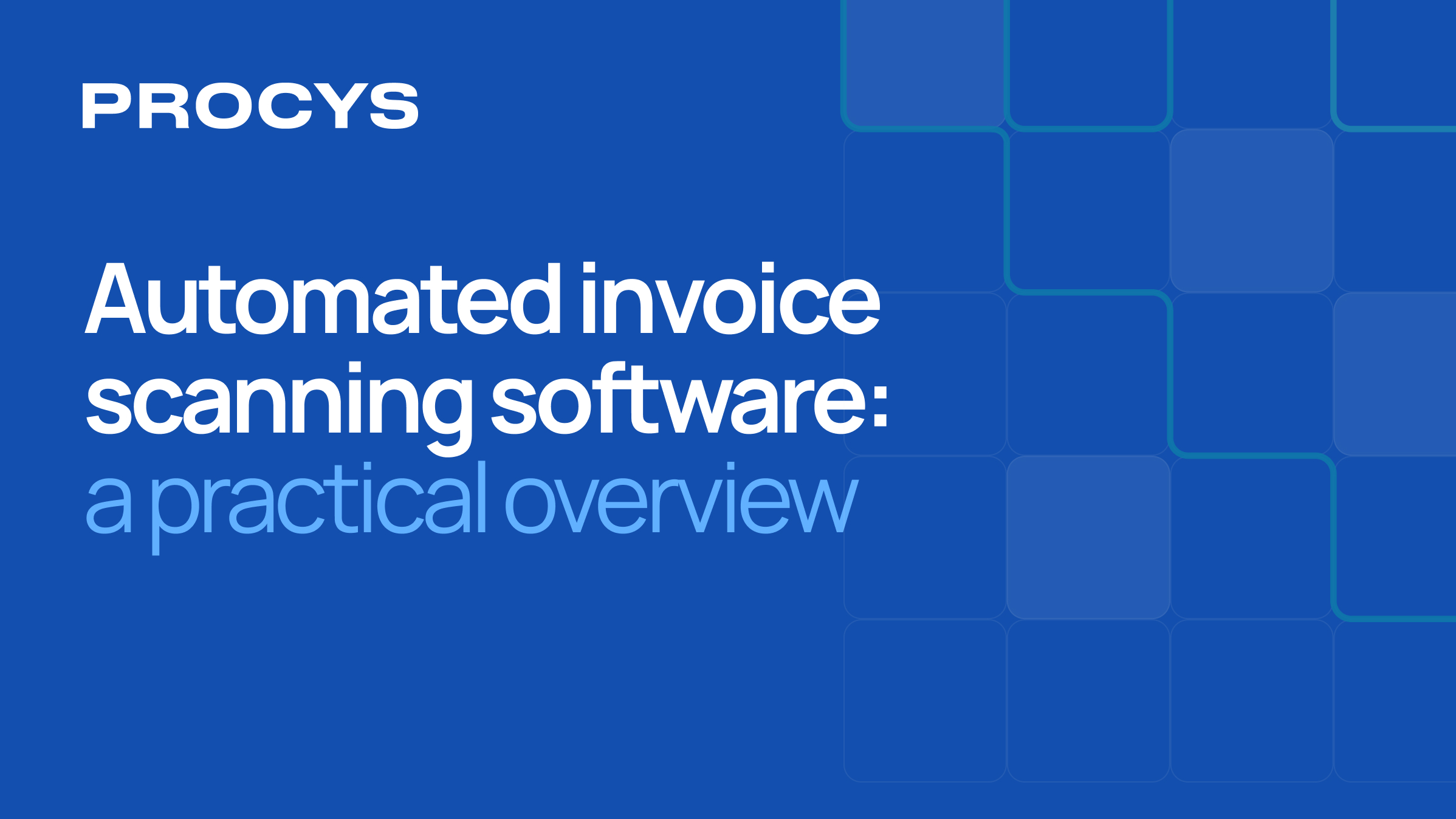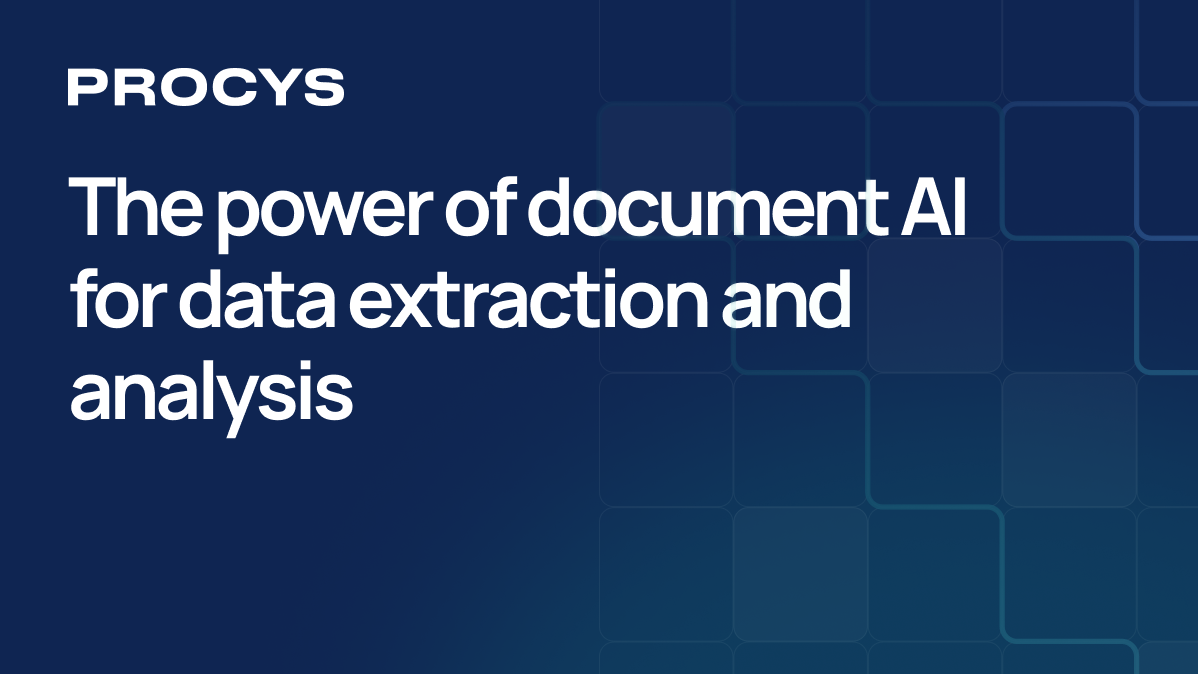Manual data entry is still one of the most time-consuming tasks in back-office operations. Whether it's processing invoices, purchase orders, or receipts, teams spend hours copying and pasting information into different systems - leaving room for errors, delays, and unnecessary costs.
This is where machine learning (ML) is making a real difference. By learning how documents are structured and how data behaves over time, ML helps automate and improve data extraction in ways traditional systems simply can’t match.
What is data extraction with machine learning
Data extraction with machine learning means using algorithms to identify and pull structured information - like dates, totals, VAT numbers, or supplier names - from unstructured or semi-structured documents. Instead of relying on rigid templates, ML systems analyze the layout, text, and patterns within a document to understand what data is important and where it’s located.
And it’s not just text. ML can extract and analyze:
- Text from PDFs, scans, emails, and websites
- Images, using OCR and pattern recognition
- Audio, for transcription or speaker identification
- Video, by interpreting visual and audio content
This flexibility is what sets ML apart from traditional rule-based tools.
Understanding how ML algorithms learn
Machine learning models learn through training - feeding algorithms large sets of data so they can identify patterns and build rules. There are three main types of machine learning:
- Supervised learning: learns from labeled datasets
- Unsupervised learning: detects patterns in unlabeled data
- Reinforcement learning: learns through rewards and penalties over time
These approaches help ML adapt to different document types and continuously improve extraction accuracy.
From OCR to ML-driven extraction
Optical Character Recognition (OCR) was once the go-to for digitizing printed documents. But OCR on its own is limited. It captures text, not context. That means it often struggles with different formats, layouts, or low-quality scans.
Machine learning adds the missing layer of intelligence. By training on thousands of real documents, ML models learn to identify what a value means, not just where it appears. For example, they can tell the difference between a total amount and a line-item price, even if the document layout changes.
How machine learning improves data extraction processes
ML doesn’t just make extraction smarter - it makes the entire process faster and more resilient. A well-trained model can automatically recognize and adjust to new suppliers or formats, so there’s no need to build or maintain custom templates. This streamlines onboarding, simplifies compliance, and reduces reliance on IT or operations teams for manual intervention. It also helps businesses stay agile when their document flows change, whether due to growth, M&A, or shifting market needs.
ML enables:
- Adaptability to data variability
- Automated pattern recognition
- Improved accuracy through continuous learning
- Scalability for handling large volumes of documents
- Support for unstructured data like receipts, scans, and free text
- Reduction in manual effort and data entry errors
- Real-time processing for faster, data-driven decisions
Learning and improving with every document
One of the main strengths of machine learning is adaptability. ML-based systems get better over time. The more documents they process, the more they understand about variations in language, formatting, currency, tax rules, and even vendor-specific layouts.
This means fewer manual corrections, fewer errors, and faster processing. It also makes it easier to scale document processing across different departments or international office, without needing to configure templates for every supplier.
Addressing challenges in data extraction through machine learning
Traditional extraction systems often break down when documents arrive in unexpected formats - or when they include handwritten notes, logos, or unusual line items. Machine learning helps bridge these gaps by recognizing context, not just structure. It adapts to messy or low-quality inputs, flags anomalies, and learns from corrections to improve future accuracy.
That said, integrating ML isn’t without challenges. Here’s how businesses are addressing them:
- Data quality: investing in clean, well-labeled training data
- Legacy systems: using APIs or middleware to integrate old and new systems
- Skill shortages: partnering with ML providers or investing in internal training
- Compliance: using anonymization techniques and privacy-by-design principles
- Implementation cost: starting with cloud-based pilots to reduce upfront investments
Tools that enable ML for document processing
Several platforms help teams apply ML to document extraction, including:
- TensorFlow and PyTorch: popular ML libraries for model development
- Tesseract: open-source OCR engine for text recognition
- Natural Language Processing (NLP) tools: for analyzing and extracting meaning from text
- Apache Kafka: real-time data streaming for continuous document ingestion
- Cloud services (AWS, Google Cloud, Azure): scalable infrastructure for model deployment
Use cases beyond invoices
While invoice processing is one of the most common applications, ML-powered data extraction is also used for:
- Delivery notes and packing slips
- Purchase orders
- Expense receipts
- Bank statements
- Identity documents for onboarding
The result? Faster workflows, better data accuracy, and more time for finance and operations teams to focus on strategic work instead of repetitive admin.
These use cases apply to many different industries:
- Healthcare: for analyzing patient records and medical images
- Fintech: for detecting fraud and improving customer service
- Retail: for trend forecasting and inventory management
- Telecommunications: for analyzing traffic data and usage patterns
- Automotive: for sensor data analysis and quality control
- Mortgage: for speeding up approval workflows
Try it for yourself
Procys uses machine learning to simplify document processing from day one - no templates, no manual setup, and no steep learning curve. You can get started in minutes and see immediate time savings.
Whether you’re dealing with a high volume of invoices or just want to stop chasing down small data errors, Procys helps you:
- Save hours every week on manual data entry
- Reduce human error and improve data accuracy
- Standardize workflows across teams and locations
- Stay organized with smart document archiving and search
- Handle real-world, unstructured documents with ease
- Avoid costly delays from manual errors or exceptions
It’s built for finance teams, operations managers, and anyone tired of repetitive admin work.
Start your free trial today and process your first 50 documents at no cost. See how much simpler document handling can be.

.webp)



